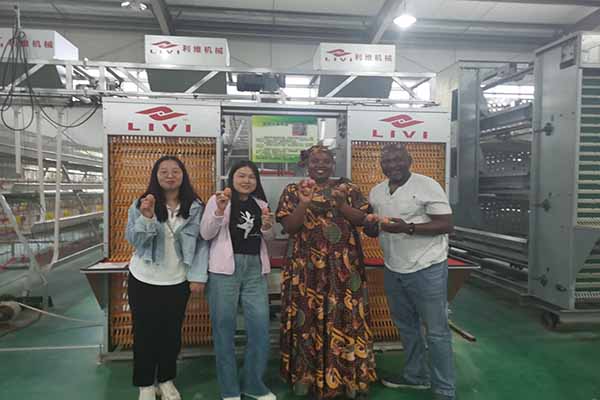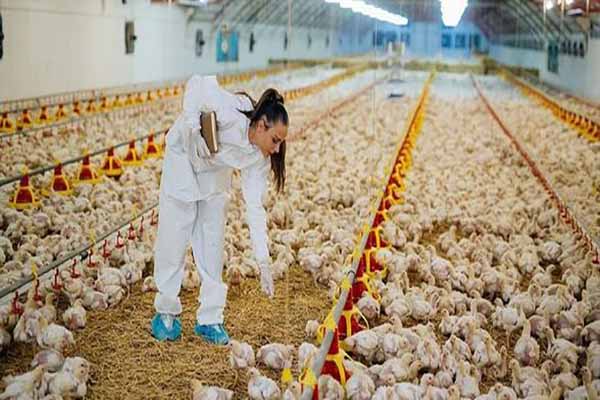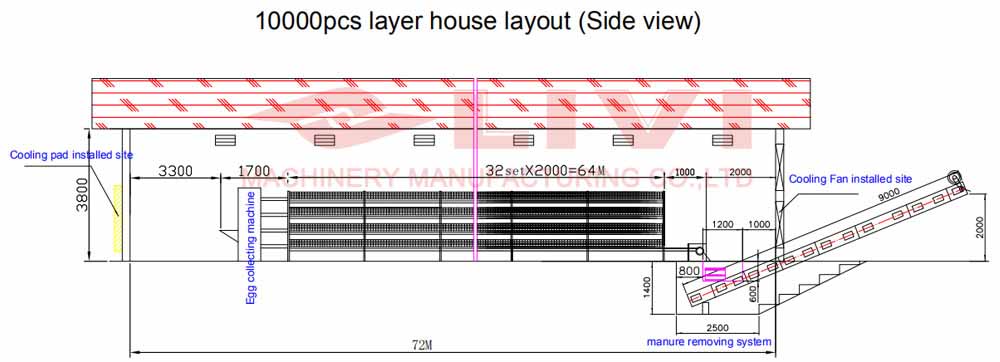Optimizing Poultry Feeding Systems for a 300,000 Chicken Farm in Togo
Feeding systems are a critical component in the successful operation of any poultry farm, especially one with the scale of 300,000 chickens. In this article, we will discuss the design and implementation of an efficient poultry feeding system tailored for a large-scale farm in Togo.

Designing an Effective Feeding System for 300,000 Chickens
A well-designed feeding system not only ensures the proper nutrition of the chickens but also optimizes operational costs. Here are key considerations for creating an effective system for a 300,000 chicken farm in Togo:
- Adequate Feed Supply: Calculate the feed consumption rate based on the stage of chicken growth and ensure a consistent supply of feed.
- Automated Feeding: Invest in automated feeding systems to minimize manual labor and improve feed delivery accuracy.
- Quality Feed Storage: Implement proper storage solutions to prevent feed spoilage and maintain nutritional value.
- Feed Allocation: Use feed allocation systems that allow for precise feeding, taking into account the different nutritional needs of the various chicken batches.
- Safety Measures: Include safety features such as automated fire alarms and anti-theft mechanisms to secure the feeding equipment.
On average, a 300,000 chicken farm will consume approximately 540 tons of feed per year. With a feed conversion rate of 1.5 (1kg of feed to produce 1.5kg of meat), this translates to a significant cost of around $150,000 per year for feed alone. Optimizing the feeding system can greatly reduce these expenses.
Key Elements of an Advanced Poultry Feeding System
Here a re the key elements of a state-of-the-art poultry feeding system designed for a 300,000 chicken farm:
re the key elements of a state-of-the-art poultry feeding system designed for a 300,000 chicken farm:
- Automated Feeders: High-capacity feeders can distribute up to 10 tons of feed per day, ensuring constant feed availability.
- Feed Mixers: Precision mixers blend different feed ingredients to create a balanced diet for the chickens.
- Feed Conveyors: Conveyor belts transfer feed from storage to feeders, minimizing manual handling and reducing the risk of contamination.
- Electronic Monitoring: Integrated systems monitor feed consumption, allowing for real-time adjustments to optimize the diet.
Data from various farms has shown that implementing these advanced feeding systems can increase feed efficiency by up to 10%, resulting in significant cost savings over time.

Case Study: A 300,000 Chicken Farm in Togo
For example, a recent proje ct in Togo involved the design and installation of an advanced feeding system for a 300,000 chicken farm. The system included automated feeders, mixers, conveyors, and monitoring equipment. After implementation, the farm experienced the following benefits:
ct in Togo involved the design and installation of an advanced feeding system for a 300,000 chicken farm. The system included automated feeders, mixers, conveyors, and monitoring equipment. After implementation, the farm experienced the following benefits:
- Reduced labor costs by 25%.
- Increased feed efficiency by 10%.
- Decreased feed spoilage by 15%.
These improvements resulted in an overall reduction in operational costs, leading to increased profitability for the farm.
For those looking to replicate this success in their own poultry farming operations in Togo, we offer customized solutions and free design consultations.
Would you like to learn more about implementing an efficient poultry feeding system for your farm? Contact us today for a free consultation and equipment quotation from Livi Machinery.




